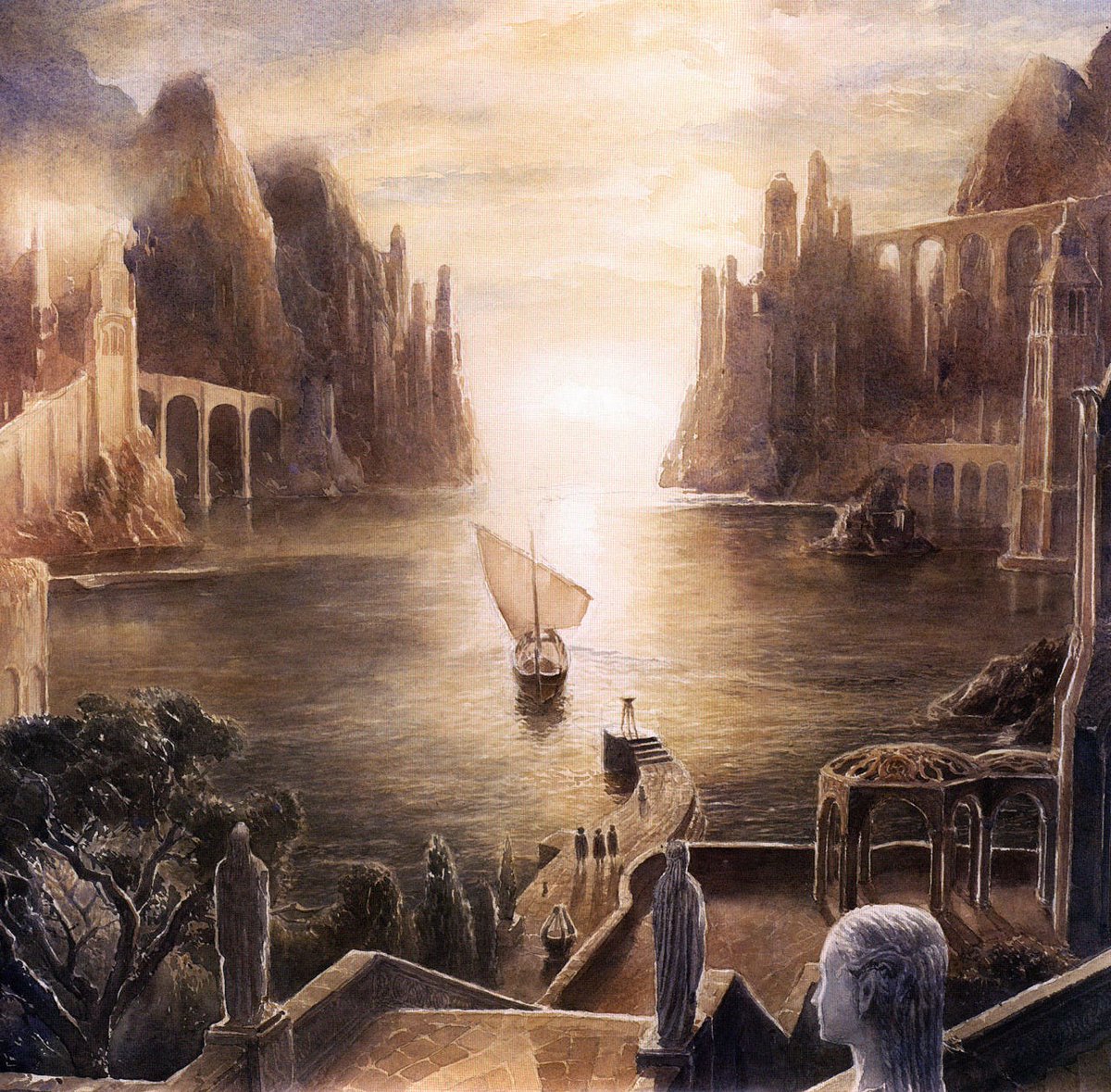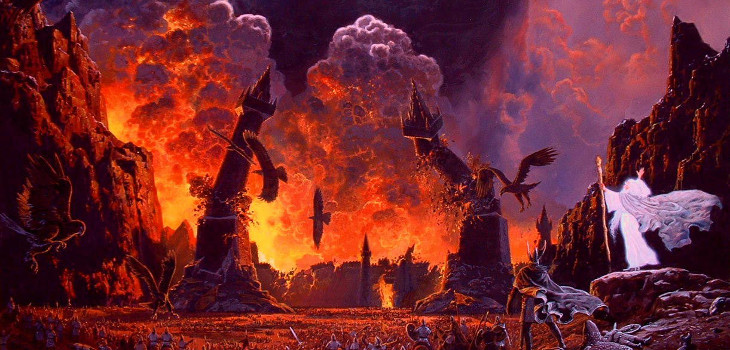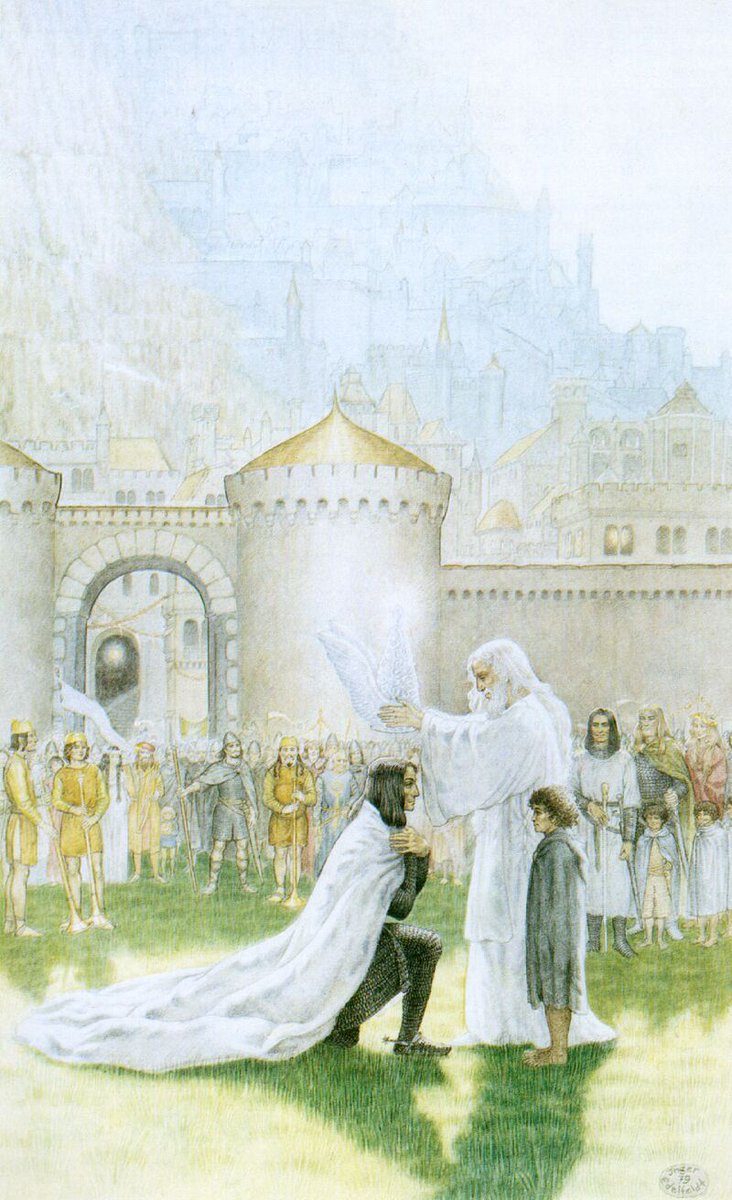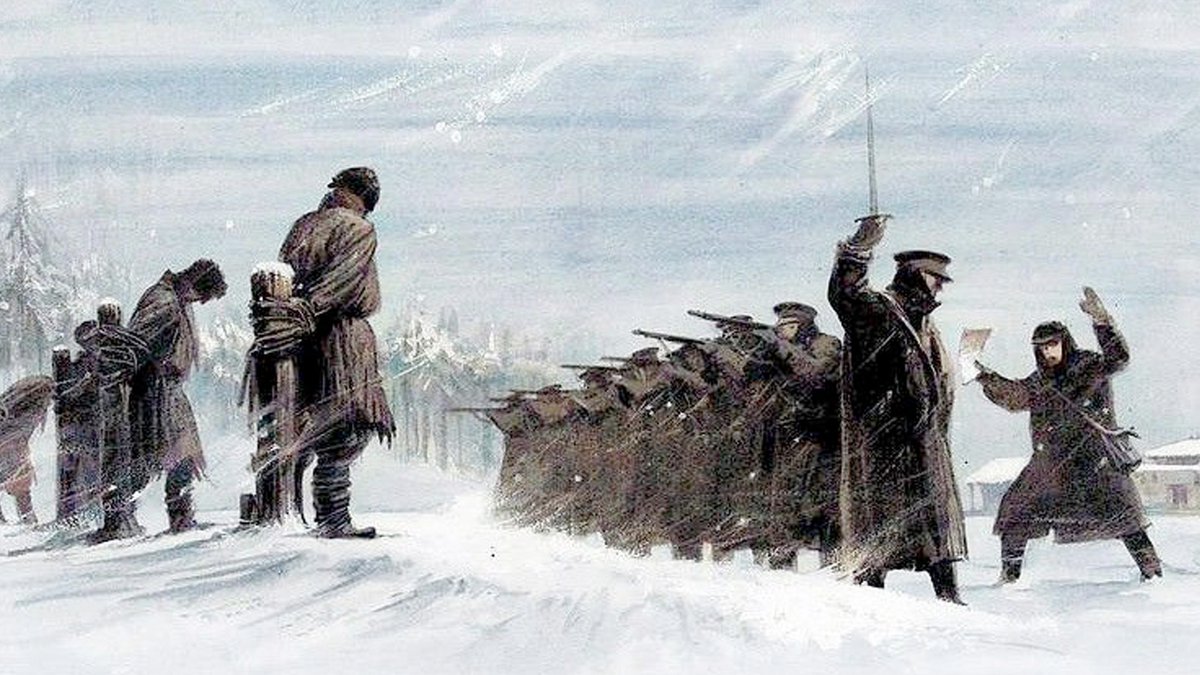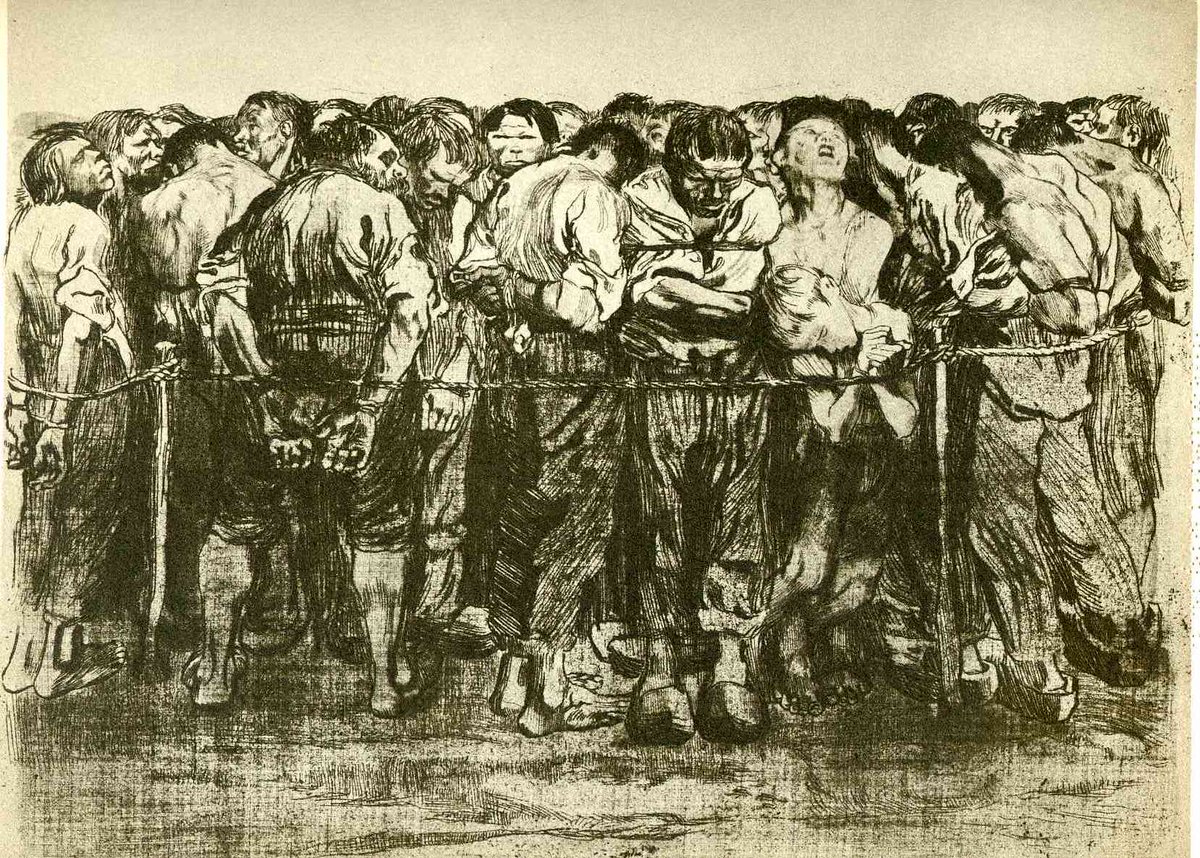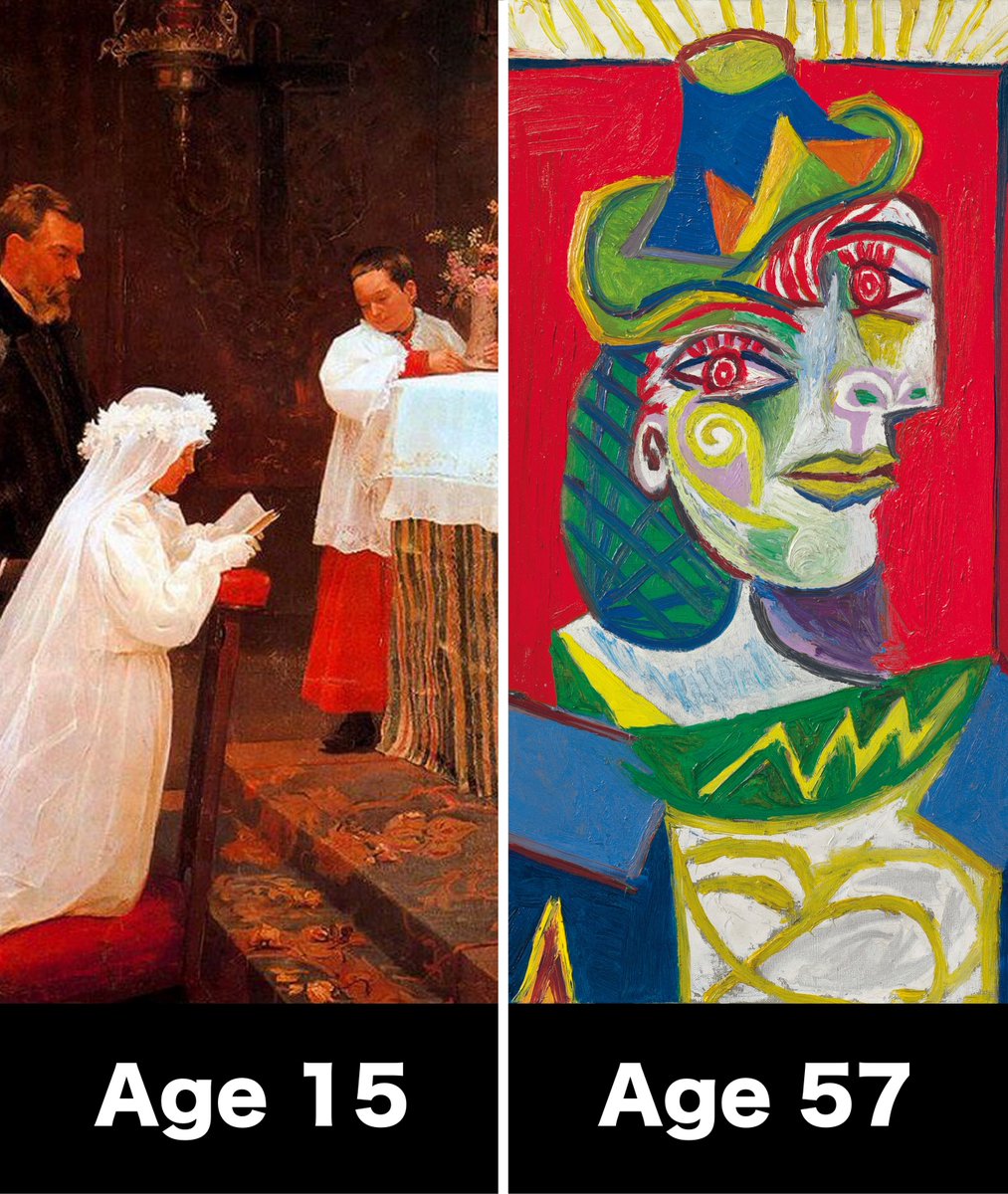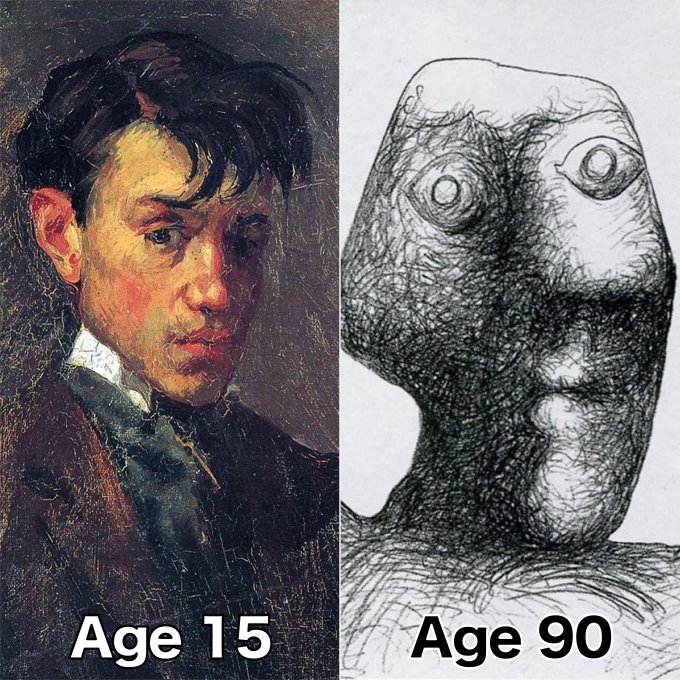How much human knowledge has been lost to history?
Well, this ancient wonder was razed by the Mongols in 1258 — it's said the Tigris River ran black with ink.
Here's what was inside... (thread) 🧵
Well, this ancient wonder was razed by the Mongols in 1258 — it's said the Tigris River ran black with ink.
Here's what was inside... (thread) 🧵
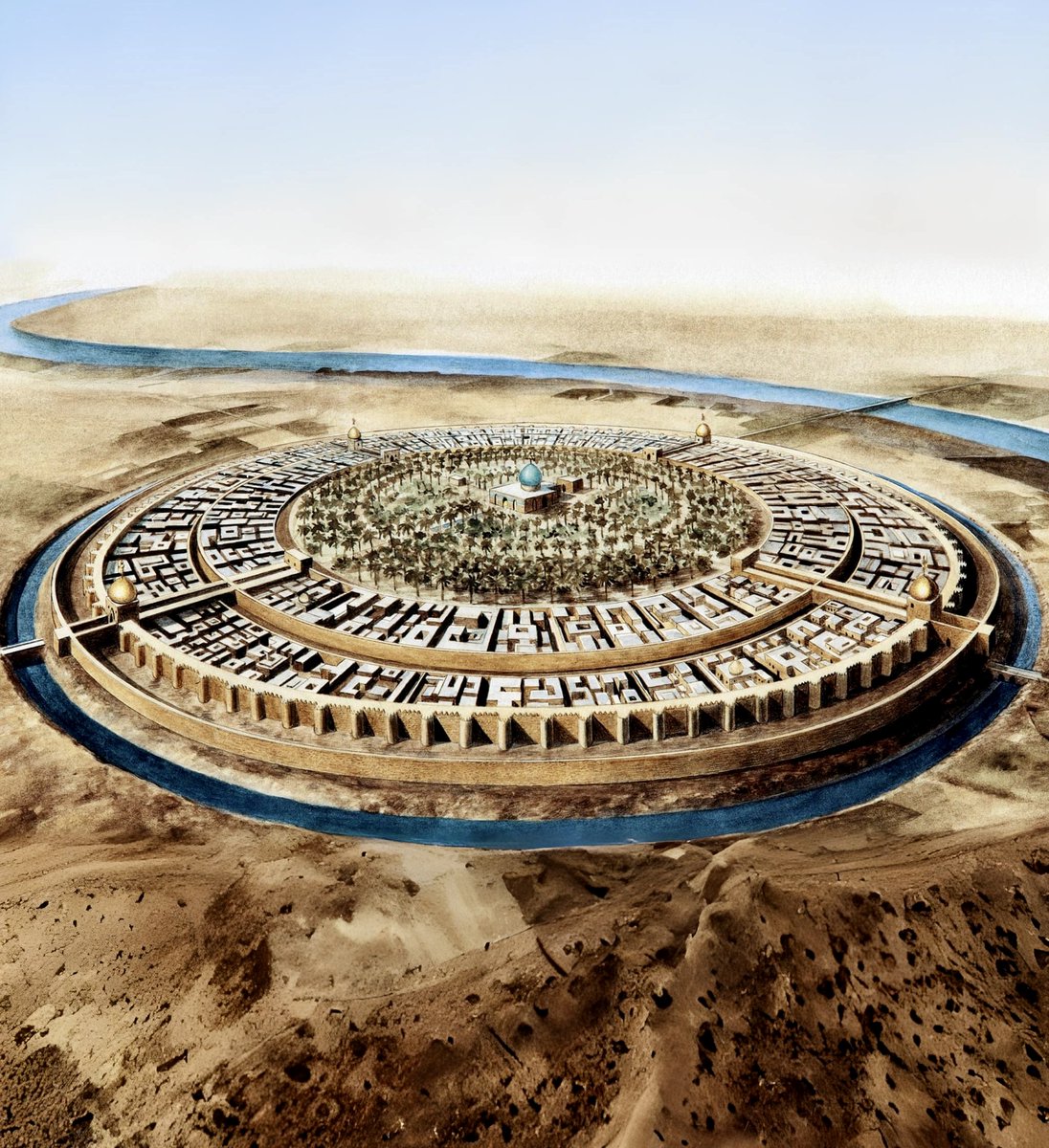
1,200 years ago, the world's largest city was Baghdad (modern-day Iraq) — 1.5 million lived there at its peak. The Round City, a masterpiece of urban planning, contained one of history's greatest libraries. 

Baghdad was then an intellectual capital of the world. Scholars came from all across the Islamic empire, and the ruling Caliphs were eager to collect their knowledge under one roof: The House of Wisdom. 
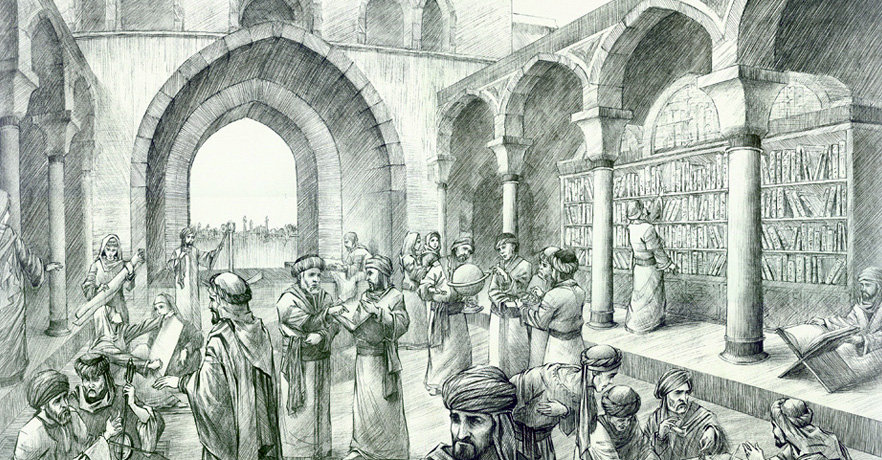
When the city was sacked after 500 years, the Islamic Golden Age came to an end — alongside a devastating loss of knowledge.
But what was actually in there? How significant was the loss?
But what was actually in there? How significant was the loss?

The House of Wisdom was foremost a place where knowledge was transferred. Many classical texts by that point were lost in Europe, because after the Roman Empire collapsed, copies of texts weren't often being made.

Texts were translated into Arabic from Persian, Syriac and Greek, including some of the rarest Greek materials in existence: Plato, Aristotle, Euclid, etc.
Some were so precious that Caliphs paid translators their weight in gold to translate them.
Some were so precious that Caliphs paid translators their weight in gold to translate them.

We know works of philosophy, medicine, astronomy, optics and mathematics were copied — but original research also flourished. Foundational work was done in algebra, and in the pioneering of medical techniques.



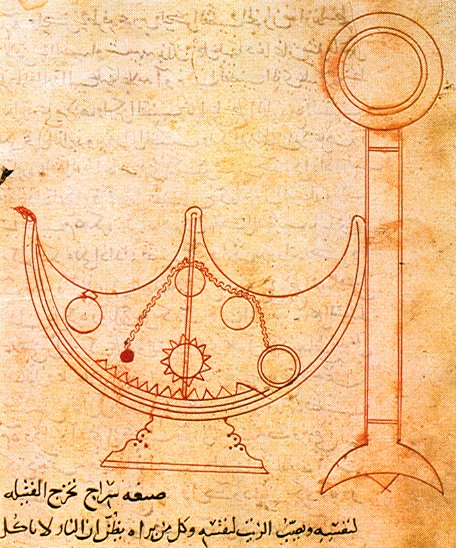
So much knowledge was stored there by the 13th century that the Tigris apparently ran black with ink when the Mongols sacked it. One source says:
"So many books were thrown into the river that they formed a bridge that would support a man on horseback."
"So many books were thrown into the river that they formed a bridge that would support a man on horseback."

We don't know how much was lost, but c.400,000 manuscripts were evacuated before the siege. Given the numbers involved, losses might have been as significant as at the Library of Alexandria — where estimates range in the hundreds of thousands. 

It's obviously impossible to know what was lost in the great libraries — so put it this way:
All of our knowledge of the Greco-Roman world comes from some 500 volumes. 700,000 scrolls were potentially lost at Alexandra alone.
All of our knowledge of the Greco-Roman world comes from some 500 volumes. 700,000 scrolls were potentially lost at Alexandra alone.

Catastrophes of this kind might seem like they set humans back centuries with a single blow. The truth is, cultures usually die much earlier... 

When the House of Wisdom burned, it was already in rapid decline under the reign of new Caliphs. A literal interpretation of the Quran was being embraced, scientific rationalism abandoned, and Greek philosophy seen as anti-Islamic.
Same in Alexandria: by the time the library was burned down (in part) by Caesar's men in 48 BC, it was already in disuse and decay. 
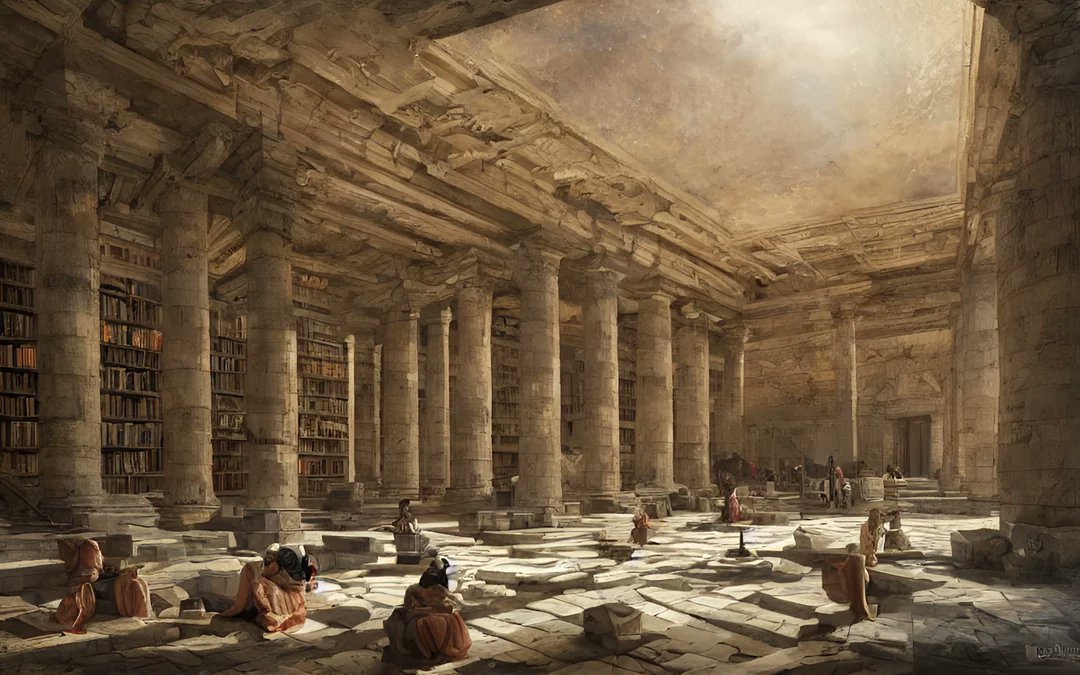
Texts through history were lost not because of fires, but because they weren't copied in the first place — cultures need a reason to preserve them.
Many survived because they were in school curricula for centuries. That's why so many copies of Virgil, Homer and Aristotle exist.


Many survived because they were in school curricula for centuries. That's why so many copies of Virgil, Homer and Aristotle exist.


When the Round City fell, the spirit that inspired the translation movement was long gone. Perhaps as much knowledge was lost by what wasn't translated in those final years, than during the eventual destruction. 

Cultures aren't simply lost at the hands of ransacking barbarians. They're lost because they die first from something much worse: indifference... 

If threads like this interest you, you NEED my free newsletter!
Art, history and culture: 36,000 others read it 👇
culturecritic.beehiiv.com/subscribe
Art, history and culture: 36,000 others read it 👇
culturecritic.beehiiv.com/subscribe
Conclusion: Preserving knowledge (and culture) requires more than a good set of barbarian defenses.
It requires a constant state of tending and diligence...
It requires a constant state of tending and diligence...
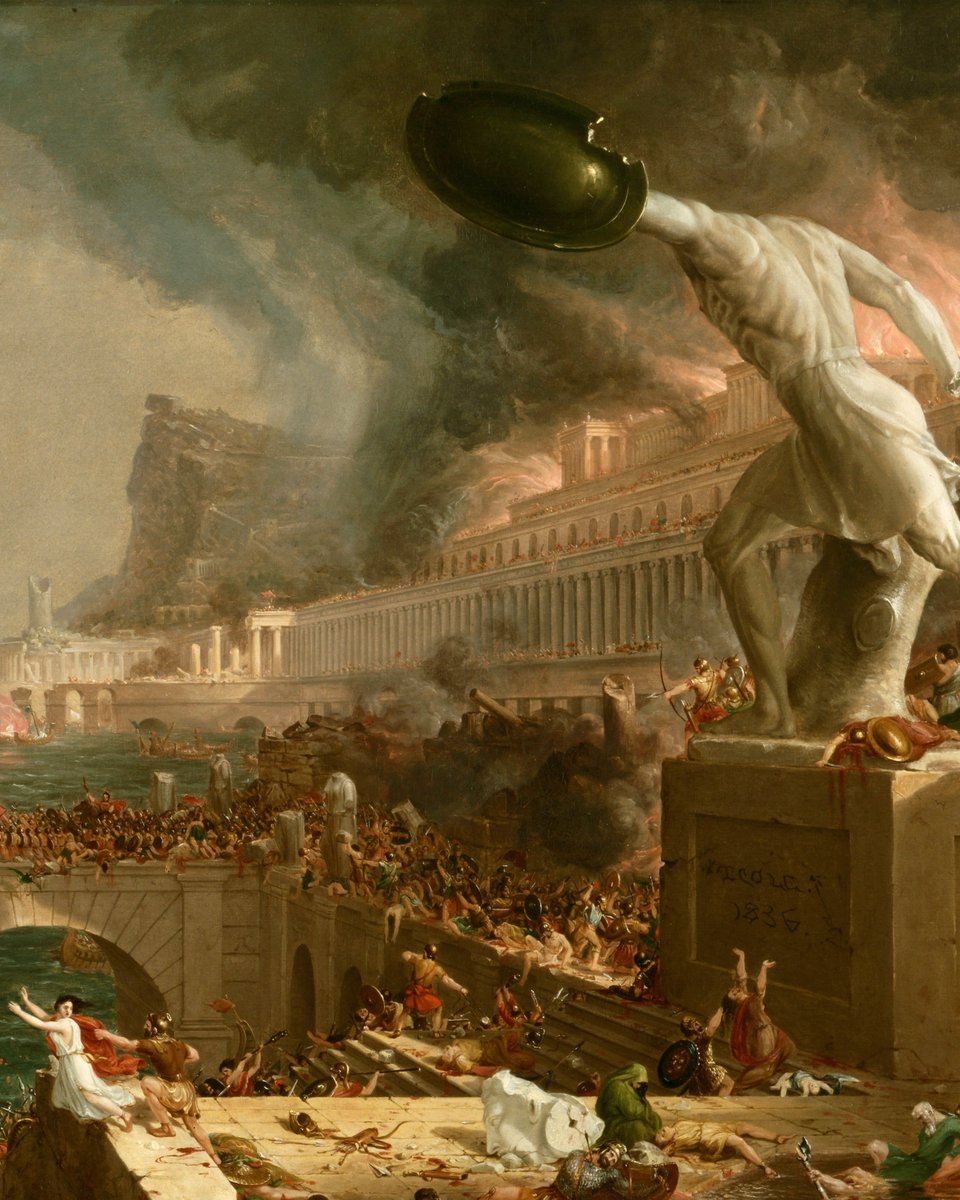
• • •
Missing some Tweet in this thread? You can try to
force a refresh


